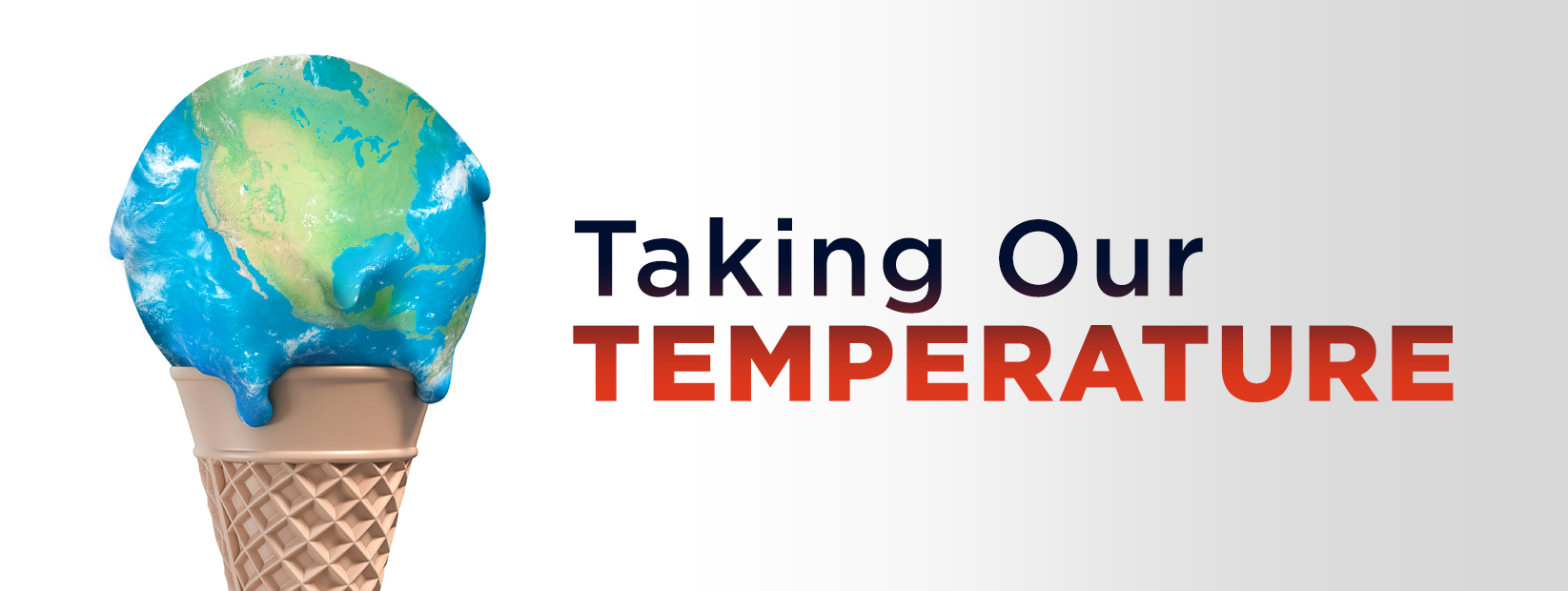
Series
UConn's Climate Change Research
How will climate change alter bird migration patterns and the spread of invasive plants? How will residents of cities and coastal communities around the world need to adapt? UConn’s faculty members, graduate students, and undergraduates are tackling these and other questions in labs and in the field every day. The answers may not halt the changes, but with each study, UConn’s researchers are amassing knowledge that will lead to greater understanding of what lies ahead.
